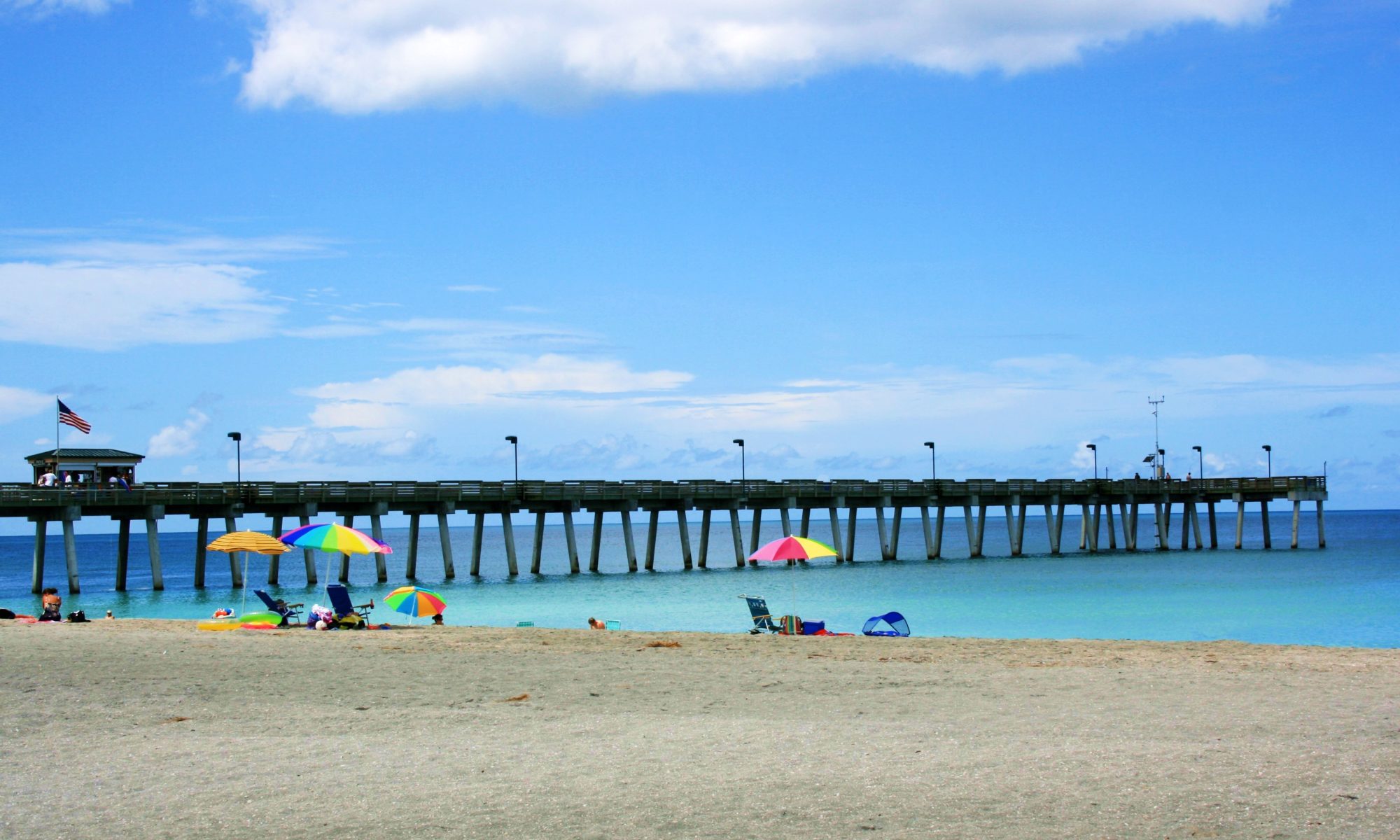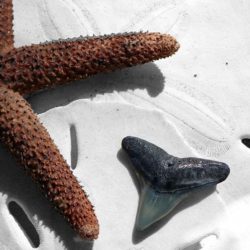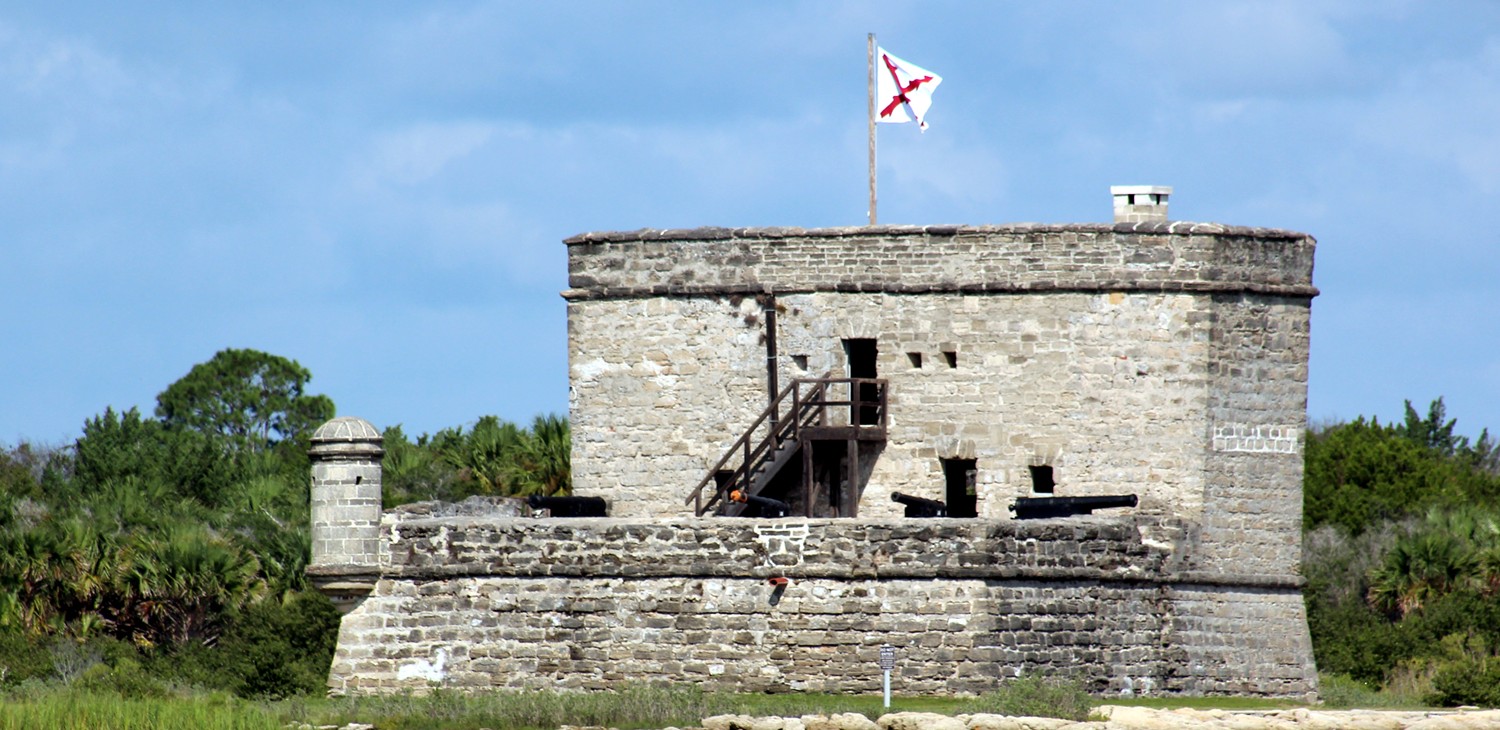
Most any visitor to the city of St Augustine on Florida’s east coast, has seen, if not visited the Castillo de San Marcos. The fort is the largest masonry fort in the continental United States (there is a larger one in Puerto Rico). It is also one of only two forts in the world made of coquina, a variety of limestone common in the area. If one wants to visit the other coquina fort it requires a road trip of fifteen miles or so down the road.
Just south of St Augustine is Fort Matanzas. The story of how this fort got its name is even more interesting than the history of the fort.
In the middle of the 16th century Spain controlled the Florida Peninsula. Spanish ships plied the waters off the coast before carrying treasures to their homeland. The French established a colony at the mouth of the St Johns River known as Fort Caroline. The location afforded a perfect spot to launch attacks on the Spanish ships.
When King Phillip II learned of the colony he was angry, not only because the French were intruding on Spanish property, but also because these were Huguenots (French Protestants),
When the French sent ships to resupply the colony in 1565 the Spanish responded by sending some ships to wipe out the colony. The French chased the Spanish south where they landed in a Timucuan village they had previously spotted (they had named the area St Augustine as they had discovered in on the Feast of St Augustine).
The French later sailed south from Fort Caroline, at the mouth of the St Johns River, to attack the village of St Augustine but were caught in a hurricane. Their ships were wrecked south of St Augustine. At the same time the Spanish had marched north and captured Fort Caroline. When the Spanish learned of the wrecks they marched south and found the French at an inlet. The French were without food an weapons and surrendered. The Spanish then demanded the Huguenots abandon their faith and convert to Catholicism. Those that refused were killed. This scene was repeated and an estimated 300 souls were killed in the dunes around the inlet.
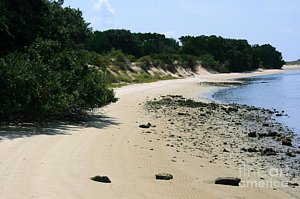
The inlet, and river, were named “Matanzas”, a Spanish word meaning slaughters.
Fast forward a couple hundred years.
In 1740 the inlet to the Matanzas River was used to blockade St Augustine. The city survived the thirty nine day siege, but the Spanish realized the to defend this “back door” to the city.
Slaves, convicts and Cuban soldiers were set to work building a fort on Rattlesnake Island, a short distance up the river. Local materials, coquina, were used to construct the small structure. The Spanish did not even have the opportunity to lay out a welcome mat before the fort faced attack.
The fort was near completion when, in 1742, the British attempted to attack the city via the inlet and river. Soldiers at the new fort opened fire with cannons and the twelve British ships fled. This would be the first, and last, time the fort saw any action.
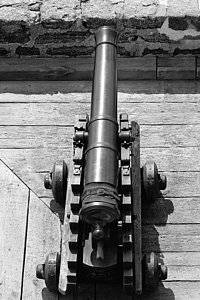
Upon completion the fort was 50 feet long on each side with a guard tower reaching thirty feet. It boasted four six pounder and one eighteen pounder cannons. Each of these guns could reach the inlet, which is less than a half mile from the fort. A compliment of a single officer, four infantry men and two gunners were normally stationed at the fort. The location offered the option of quickly reinforcing the fort with more men if needed.
By the time the Spanish Empire fell apart, the country was doing nothing to maintain the fort and when the United States took control in 1821 the fort was in rough shape and troops could not live in it. As a result the fort was soon in ruins. At times the old structure was used as target practice by american troops.
The United State Department of War began restoring the fort in 1916 and in 1924 it was declared a national Monument. In 1933 ownership was transferred to the National Park Service.
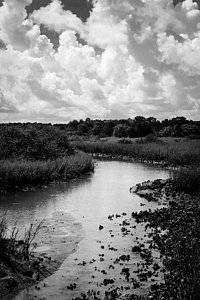
Today the monument is open every day except for Thanksgiving and Christmas. A ferry boat carries visitors across the river to the fort. While at the park you can explore the beach area and a nature trail. One can spot wildlife and birds in the park’s 100 acres. It is well worth a day trip if visiting St Augustine. My wife and I stopped by on our drive home from a trip to St Augustine.
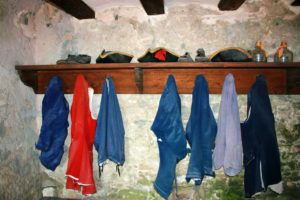
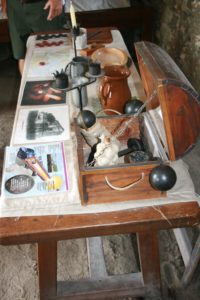
The ferry landing was severely damaged by hurricane Matthew in 2016, so tours of the fort have been suspended. Be sure to check with the park to see if they have resumed.
If you would like to visit the fort here is more information: https://www.nps.gov/foma/index.htm
